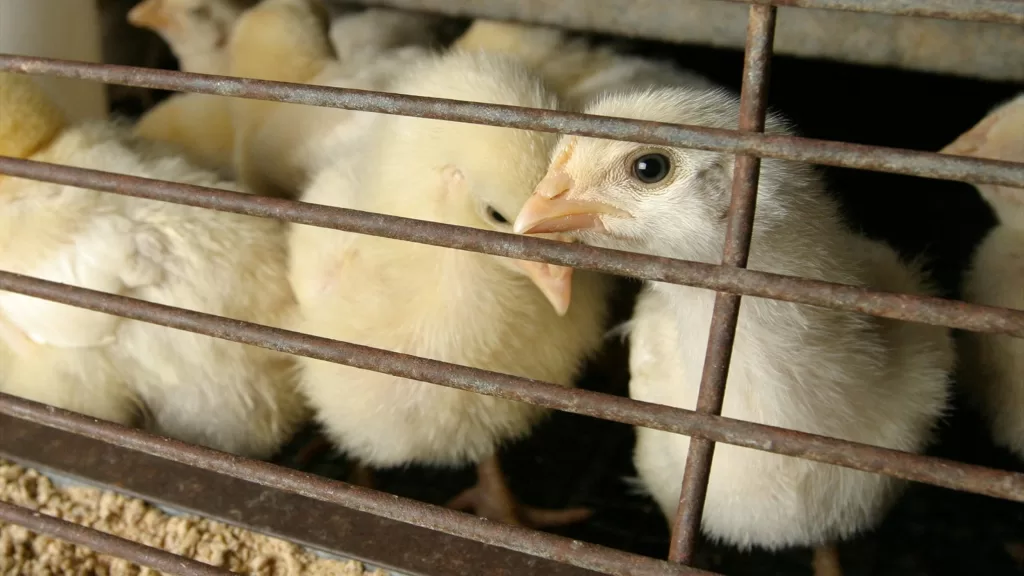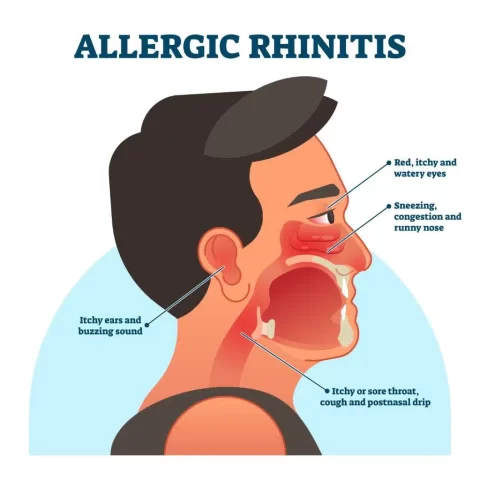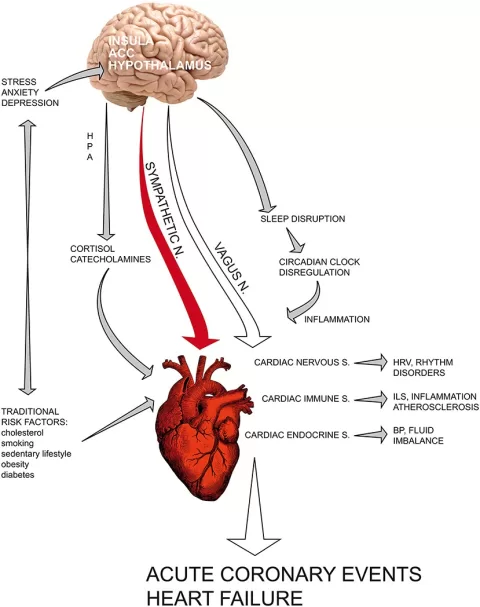Bird flu, or avian influenza, is a viral infection that poses a serious threat to both poultry farming and human health. As we approach 2025, the prevalence of bird flu outbreaks has raised alarms worldwide, highlighting the urgent need for awareness about bird flu symptoms and their implications. Understanding the complexities of current bird flu outbreaks is crucial, as they can lead to significant economic repercussions and food security concerns. In particular, the impact of bird flu on egg production has become a pressing issue, with rising prices and supply shortages affecting consumers. As we explore the ongoing challenges posed by bird flu, it is essential to recognize the associated risks and take proactive measures to safeguard public health.
Avian influenza, commonly referred to as bird flu, is a viral disease that primarily affects birds but poses significant risks to livestock and humans alike. The recent surge in avian flu cases has prompted discussions regarding its symptoms, transmission pathways, and the broader implications for agriculture and public safety. As the situation evolves, understanding the patterns of current outbreaks is vital for stakeholders, including farmers and health officials. Moreover, the interplay of environmental factors such as climate change is influencing the behavior of the virus, leading to new concerns about its spread. This article delves into the pressing issues surrounding avian influenza, offering insights into its symptoms, economic impact, and the need for vigilance.
Understanding Bird Flu: Symptoms and Transmission
Bird flu, or avian influenza, presents a range of symptoms that can vary from mild to severe in infected individuals. Common symptoms include fever, cough, and sore throat, often resembling those of seasonal flu. However, in some cases, bird flu can escalate to more serious conditions such as pneumonia or acute respiratory distress syndrome. It is crucial for individuals, especially those who work with poultry, to recognize these symptoms early. The Centers for Disease Control and Prevention (CDC) emphasizes the importance of monitoring health after potential exposure to infected birds, as the incubation period typically lasts between three to seven days.
Transmission of bird flu to humans primarily occurs through direct contact with infected birds or their droppings. In particular, those involved in poultry farming or handling live birds are at higher risk. Furthermore, cross-species transmission has become a pressing concern, as studies have shown that the virus can also be transmitted to domestic animals, such as cats, increasing the complexity of managing outbreaks. Awareness of these transmission pathways is essential for preventing further spread of the virus and protecting both public health and animal populations.
Current Bird Flu Outbreaks and Their Impact
As of 2025, several regions worldwide are experiencing significant outbreaks of bird flu, which have disrupted poultry production and posed serious risks to food security. In the United States and parts of Europe, reports indicate that the spread of avian influenza has led to an alarming increase in mortality rates among poultry flocks. Farmers are grappling with the economic consequences, including soaring egg prices and the potential for widespread culling of infected birds to contain the virus. This crisis is not only affecting farmers but also consumers, who are facing higher prices and limited availability of poultry products in the market.
The implications of these outbreaks extend beyond economic concerns; they also affect public health and safety. With the increase in bird flu cases, health authorities are on high alert to monitor potential human infections. The interconnectedness of global trade means that outbreaks in one region can quickly impact supply chains worldwide, leading to food shortages and heightened prices. As such, the ongoing bird flu situation underscores the need for robust surveillance systems and effective response strategies to mitigate outbreaks and protect both agricultural industries and public health.
The Role of Climate Change in Bird Flu Spread
The intersection of climate change and avian influenza is a growing concern among researchers and public health officials. Changes in climate are altering migratory patterns of birds, which can lead to new hotspots for bird flu outbreaks. Warmer temperatures and extreme weather conditions create environments conducive to the spread of the virus among bird populations. For example, areas that were once considered safe havens from avian influenza are now witnessing increased infection rates as migratory birds move into these regions. This shift poses a significant challenge for poultry farmers and public health officials alike.
Moreover, climate change can exacerbate existing vulnerabilities in agricultural practices. As farmers face the dual pressure of adapting to changing weather patterns and controlling bird flu outbreaks, they must also contend with fluctuating market conditions and rising production costs. The impact of climate change on avian influenza highlights the interconnectedness of environmental health, animal welfare, and food security, necessitating comprehensive strategies to address these challenges effectively.
Bird Flu Risks for Domestic Animals
Recent studies have revealed alarming risks associated with the transmission of bird flu to domestic animals, particularly cats. The Centers for Disease Control and Prevention (CDC) has indicated that domestic cats can contract avian influenza through contact with infected birds or contaminated environments. This unexpected transmission route raises significant concerns for pet owners, as cats may become infected even without direct interaction with sick birds. Understanding these risks is critical for preventing the spread of the virus from wildlife to domestic pets, which could potentially serve as a new vector for transmission to humans.
The implications of bird flu transmission to domestic animals extend beyond individual pet health. If domestic cats become infected, there is a risk of them transmitting the virus back to humans or other animals, complicating the management of bird flu outbreaks. Pet owners are urged to take precautionary measures, such as limiting their pets’ exposure to wild birds and practicing good hygiene. Increased public awareness about these risks is vital in mitigating the potential public health implications associated with bird flu.
Ensuring Egg Safety Amid Bird Flu Outbreaks
With ongoing bird flu outbreaks, concerns regarding the safety of egg consumption have escalated. As the disease spreads among poultry farms, rising mortality rates among hens have led to significant supply shortages. This scarcity not only drives up egg prices but also raises questions about the safety and quality of eggs available to consumers. Public health officials emphasize the importance of ensuring that eggs are sourced from reputable producers who adhere to strict biosecurity measures to minimize the risk of contamination.
In light of these outbreaks, consumers are encouraged to stay informed about the origins of their food products and to prioritize safety measures when handling eggs. Cooking eggs thoroughly can help eliminate any potential pathogens that may be present, providing an additional layer of protection. As the situation continues to evolve, maintaining awareness and implementing safe food practices will be crucial in mitigating the risks associated with bird flu and ensuring public health safety.
Frequently Asked Questions
What are the common bird flu symptoms to watch for in humans?
Bird flu symptoms in humans can resemble those of regular influenza, including fever, cough, sore throat, conjunctivitis, and severe respiratory illness. Early detection is crucial, as severe cases may lead to hospitalization.
How is the current bird flu outbreak affecting poultry farmers?
The current bird flu outbreaks are causing significant economic impact on poultry farmers, with rising mortality rates among birds leading to soaring egg prices and food security concerns. Farmers are forced to implement drastic measures to control the spread.
What is the impact of climate change on bird flu outbreaks?
Climate change is disrupting bird migratory patterns, potentially creating new hotspots for avian influenza. This shift increases the risk of outbreaks in previously unaffected areas, impacting both wildlife and agriculture.
Are there any risks of bird flu transmission to domestic pets?
Recent studies suggest that bird flu can be transmitted from infected humans to domestic cats, raising concerns for pet owners. This underlines the importance of careful handling of sick birds and monitoring pet health.
Is it safe to consume eggs during current bird flu outbreaks?
While avian flu outbreaks have raised concerns about egg safety, proper cooking kills the virus. Consumers should stay informed about safety protocols and potential supply issues resulting from these outbreaks.
| Key Points | Details |
|---|---|
| Impact of Climate Change | Disrupts bird migration patterns, leading to new hotspots for avian flu and affecting egg prices. |
| Farmers Facing Crisis | Increased mortality rates in poultry have drastically raised egg prices, causing economic strain for farmers. |
| Risks to Domestic Cats | Bird flu can be transmitted to cats from humans, raising public health concerns for pet owners. |
| Safety of Raw Milk | Farmers are implementing precautions regarding raw milk due to the risk of foodborne illnesses. |
| Egg Safety Concerns | Supply shortages from outbreaks have raised questions about egg consumption safety and increased theft. |
| Symptoms in Humans | Symptoms include fever, cough, sore throat, conjunctivitis, and severe respiratory illness. |
Summary
Bird flu, also known as avian influenza, poses a significant threat to public health and agriculture as we progress through 2025. The ongoing outbreaks have revealed the profound impact of climate change on bird migration, leading to new disease hotspots that affect poultry production and food prices. Farmers are experiencing economic crises due to rising egg prices and increased mortality rates among poultry. Compounding these challenges are emerging risks, such as the transmission of bird flu to domestic cats, which raises new public health concerns. With ongoing scrutiny on food safety, particularly regarding eggs and raw milk, it is crucial for consumers to stay informed about the implications of bird flu. As the situation evolves, continued vigilance, research, and public education remain vital in addressing the challenges posed by this complex and evolving virus.
The content provided on this blog (e.g., symptom descriptions, health tips, or general advice) is for informational purposes only and is not a substitute for professional medical advice, diagnosis, or treatment. Always seek the guidance of your physician or other qualified healthcare provider with any questions you may have regarding a medical condition. Never disregard professional medical advice or delay seeking it because of something you have read on this website. If you believe you may have a medical emergency, call your doctor or emergency services immediately. Reliance on any information provided by this blog is solely at your own risk.









Food
I do like the way you have framed this specific problem and it does indeed give me some fodder for thought. However, from what precisely I have experienced, I only wish as the actual remarks pack on that men and women keep on issue and not embark upon a soap box of the news du jour. Anyway, thank you for this outstanding point and though I can not necessarily concur with the idea in totality, I regard the point of view.
Hairstyles
Wonderful site you have here but I was curious if you knew of any forums that cover the same topics discussed here? I’d really love to be a part of online community where I can get suggestions from other knowledgeable individuals that share the same interest. If you have any suggestions, please let me know. Appreciate it!
Hair Cuts
Thank you for another informative website. Where else could I get that kind of info written in such a perfect way? I have a project that I’m just now working on, and I’ve been on the look out for such information.
Hair Styles
This really answered my drawback, thank you!
Hairstyles Color
Your place is valueble for me. Thanks!?